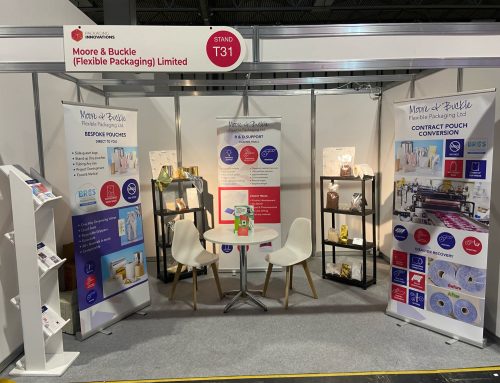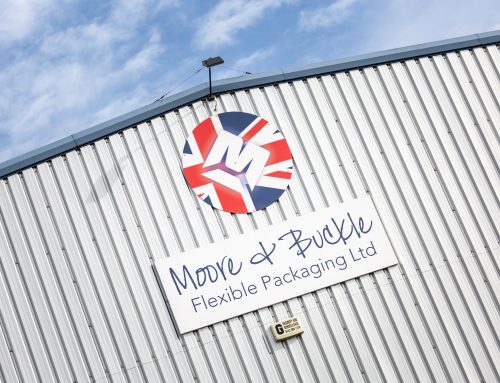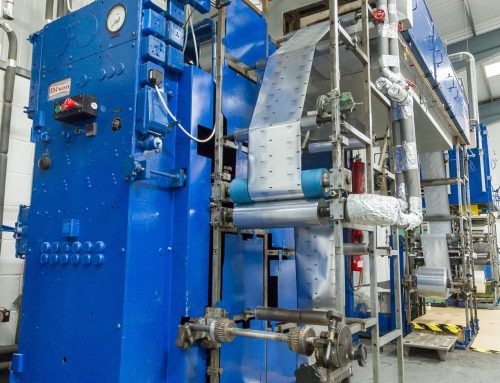The end of July and the start of August traditionally marks the start of the harvest season. We’ve passed the summer solstice and the days are getting shorter. The crops have finished growing and the warm autumn sun moves to mature the grain and dry the land ready for harvesting.
Alongside the wonderful meals that are created during this bountiful time, seeds are also gathered to preserve next year’s harvest. But as climate change plays havoc with the weather, it’s hard to pinpoint an industry more affected by this than farming and agriculture. As weather conditions continue to vary from their norm, (including this rather grim summer we’re having…), securing the future of the world’s food supply has never been more important.
The Svalbard seed vault was established by the Bill & Melinda Gates Foundation, and has since been fully funded by the government of Norway for the purpose of providing safe, free, long-term storage of seed duplicates. The facility serves a humanitarian purpose and is part of the international system for conserving plant genetic diversity guided by the UN Food and Agriculture Organisation (FAO). While an element of the vault’s purpose lies in security against global catastrophe, its value is considered to lie more in providing back ups for individual collections.
No collection was ever more at risk than that of the Soviet Union’s Bureau of Applied Botany. Genetics threatened the Soviets favoured idea of nurture over nature and so they captured and tortured an early champion of biodiversity, Nikolai Vavilov, who had collected 380,000 samples from across the world. During a siege by the Nazis in the second world war nine food scientists at the Bureau starved to death surrounded by their collection, protecting the seeds from the starving populace in the city, for the future of the world after the war. The renamed bureau (VIR in Russian) has donated seeds and other specimens to Svalbard, presumably many of them dating back to Vavilov’s collection.

The Svalbard vault was given the opportunity to show its worth within only 7 years of opening. When war reached Aleppo, the International Center for Agriculture Research in the Dry Areas (ICARDA) requested the first ever withdrawal from the Svalbard seed vault in 2015 so they could safely continue their multiplication and breeding efforts in safer locations in Morocco and Lebanon. The bespoke 4-ply “Svalbard” laminate that was developed by M&B in St Helens, was tested and verified as the seeds that were initially deposited when the seed vault opened in 2008, were successfully planted and harvested for a replacement deposit in 2017. Subsequent withdrawals in 2017 and 2019 have been similarly successful.
Various other non-profit organisations based around the world work towards preserving crop diversity and protecting global food security. To maximise efficient use of space, these genebanks commonly use our flexible 3-ply and 4-ply laminate pouches to protect and prevent germination of seeds while they are stored at ultra-low temperatures in the permafrost.
Moore & Buckle is a proud supplier of many of these non-profit genebanks. We aim to match their dedication to preserving global food security by providing high quality, durable, and reliable pouches anywhere in the world.
Contact our team at sales@mooreandbuckle.com or 01744 733066 for more information.







Leave A Comment